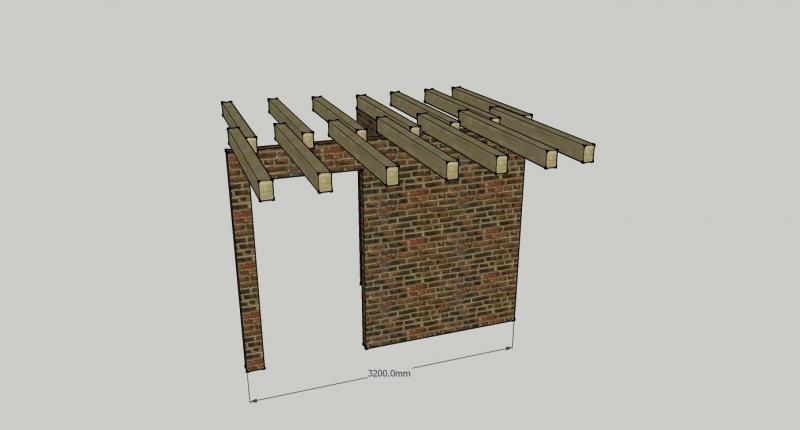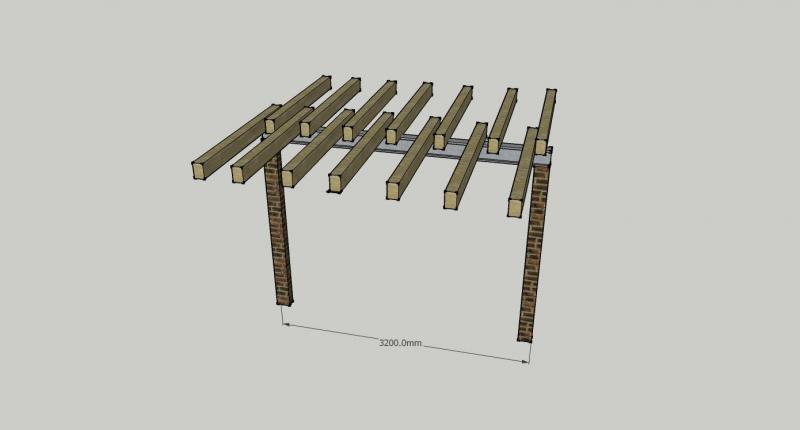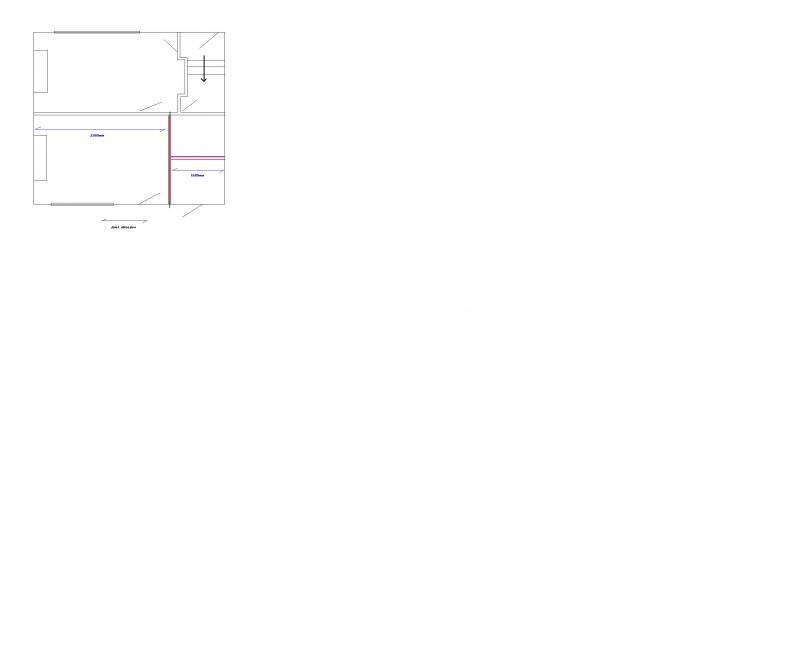Hello All,
I'm a bit of a noob on the building forum and i just wondered if someone might advise me on the right way of how to remove a wall.
This is whats there at the moment:-
This is what I would like to happen:-
The floor above above this has just a stud wall deviding the bed room and bathroom, which doesn't even sit on top of the wall beneath, its offset about 500mm (ish)
I would think that it needs an RSJ to cover that span, but what dimension/depth would be needed?
Would i have to leave the (I think the're called) 'nibs' in place to give additional support? If so, how big do they need to be?
Many thanks in advance!!
edit:- BTW, i left the other walls, floorboards, plasterboard etc off the drawing
Either end of the RSJ wouls also have a brick wall to sit on aswell as any nibs that may be needed.
I'm a bit of a noob on the building forum and i just wondered if someone might advise me on the right way of how to remove a wall.
This is whats there at the moment:-
This is what I would like to happen:-
The floor above above this has just a stud wall deviding the bed room and bathroom, which doesn't even sit on top of the wall beneath, its offset about 500mm (ish)
I would think that it needs an RSJ to cover that span, but what dimension/depth would be needed?
Would i have to leave the (I think the're called) 'nibs' in place to give additional support? If so, how big do they need to be?
Many thanks in advance!!
edit:- BTW, i left the other walls, floorboards, plasterboard etc off the drawing
Either end of the RSJ wouls also have a brick wall to sit on aswell as any nibs that may be needed.




